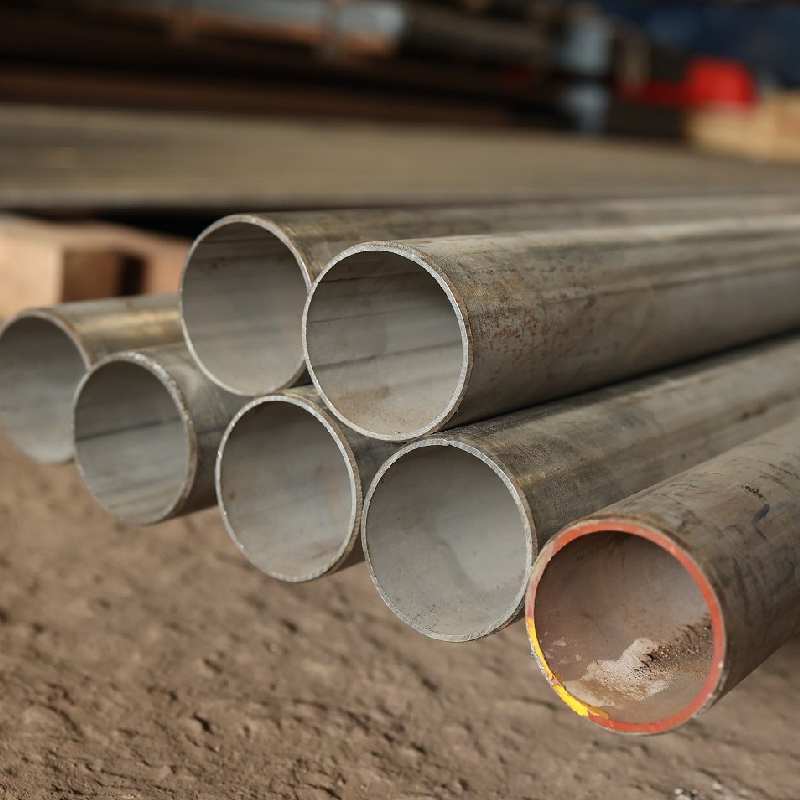-
Cangzhou Yulong Steel Co., Ltd.
-
Phone:
+86 13303177267 -
Email:
admin@ylsteelfittings.com
- English
- Arabic
- Italian
- Spanish
- Portuguese
- German
- kazakh
- Persian
- Greek
- French
- Russian
- Polish
- Thai
- Indonesian
- Vietnamese
- Zulu
- Korean
- Uzbek
- Hindi
- Serbian
- Malay
- Ukrainian
- Gujarati
- Haitian Creole
- hausa
- hawaiian
- Hebrew
- Miao
- Hungarian
- Icelandic
- igbo
- irish
- Japanese
- Javanese
- Kannada
- Khmer
- Rwandese
- Afrikaans
- Albanian
- Amharic
- Armenian
- Azerbaijani
- Basque
- Belarusian
- Bengali
- Bosnian
- Bulgarian
- Catalan
- Cebuano
- China
- China (Taiwan)
- Corsican
- Croatian
- Czech
- Danish
- Esperanto
- Estonian
- Finnish
- Frisian
- Galician
- Georgian
- Kurdish
- Kyrgyz
- Lao
- Latin
- Latvian
- Lithuanian
- Luxembourgish
- Macedonian
- Malgashi
- Malayalam
- Maltese
- Maori
- Marathi
- Mongolian
- Myanmar
- Nepali
- Norwegian
- Norwegian
- Occitan
- Pashto
- Dutch
- Punjabi
- Romanian
- Samoan
- Scottish Gaelic
- Sesotho
- Shona
- Sindhi
- Sinhala
- Slovak
- Slovenian
- Somali
- Sundanese
- Swahili
- Swedish
- Tagalog
- Tajik
- Tamil
- Tatar
- Telugu
- Turkish
- Turkmen
- Urdu
- Uighur
- Welsh
- Bantu
- Yiddish
- Yoruba

Sep . 25, 2024 15:45 Back to list
High Hub Blind Flange Specifications and Applications for Industrial Use
Understanding High Hub Blind Flanges A Comprehensive Overview
High hub blind flanges are critical components in various piping systems, serving as a vital means of sealing or closing the end of a pipeline or equipment without allowing any flow of fluids. Their unique design features a raised hub that provides additional strength and rigidity, making them particularly useful in high-pressure applications. This article delves into the significance, application, and characteristics of high hub blind flanges.
Definition and Design
A high hub blind flange is a type of flange that differs from standard blind flanges primarily due to its elevated hub. The hub serves to increase the thickness of the flange around its bore, enhancing support and reducing the risk of deformation under extreme pressure and temperature conditions. The added height of the hub also allows for easier installation, as it can accommodate more robust bolting arrangements, which are essential for maintaining secure seals under challenging operational circumstances.
Applications
High hub blind flanges are widely utilized in a range of industries, including oil and gas, chemical processing, water treatment, and power generation. In these sectors, they are typically employed to block off sections of piping during maintenance or when a pipeline is taken out of service. They are invaluable in managing system integrity, ensuring that no substances leak out and that the safety of personnel is maintained. Additionally, high hub blind flanges can be used in pressure-tested systems where temporary closures are required without the risk of mishaps.
high hub blind flange

Material Considerations
The materials used in manufacturing high hub blind flanges are crucial for their performance. Common materials include carbon steel, stainless steel, and various alloys, chosen based on the specific requirements of the application, including pressure ratings, temperature variations, and exposure to corrosive substances. Stainless steel flanges, for example, are preferred in corrosive environments because of their ability to resist rust and degradation, ensuring a longer lifespan for the component.
Installation and Maintenance
Installation of high hub blind flanges must be executed with care to ensure a proper fit and seal. It is essential to utilize appropriate gaskets and follow standard torque specifications when bolting the flange to avoid issues such as leaks or flanges being blown off under pressure. Regular maintenance inspections should also be conducted to check for signs of wear, corrosion, or stress that could compromise functionality.
Conclusion
High hub blind flanges are indispensable in ensuring the safe and efficient operation of various piping systems. Their distinct design and robust construction cater to the demands of high-pressure environments, providing reliable closure solutions for pipes and vessels. Understanding their characteristics, applications, and maintenance requirements will help ensure that systems operate smoothly and safely, preserving the integrity of industrial operations. As technology and materials advance, the effectiveness and application of high hub blind flanges will continue to evolve, further solidifying their role in modern engineering solutions.
Latest news
-
ANSI 150P SS304 SO FLANGE
NewsFeb.14,2025
-
ASTM A333GR6 STEEL PIPE
NewsJan.20,2025
-
ANSI B16.5 WELDING NECK FLANGE
NewsJan.15,2026
-
ANSI B16.5 SLIP-ON FLANGE
NewsApr.19,2024
-
SABS 1123 FLANGE
NewsJan.15,2025
-
DIN86044 PLATE FLANGE
NewsApr.19,2024
-
DIN2527 BLIND FLANGE
NewsApr.12,2024
-
JIS B2311 Butt-Welding Fittings LR/SR 45°/90° /180°Seamless/Weld
NewsApr.23,2024











